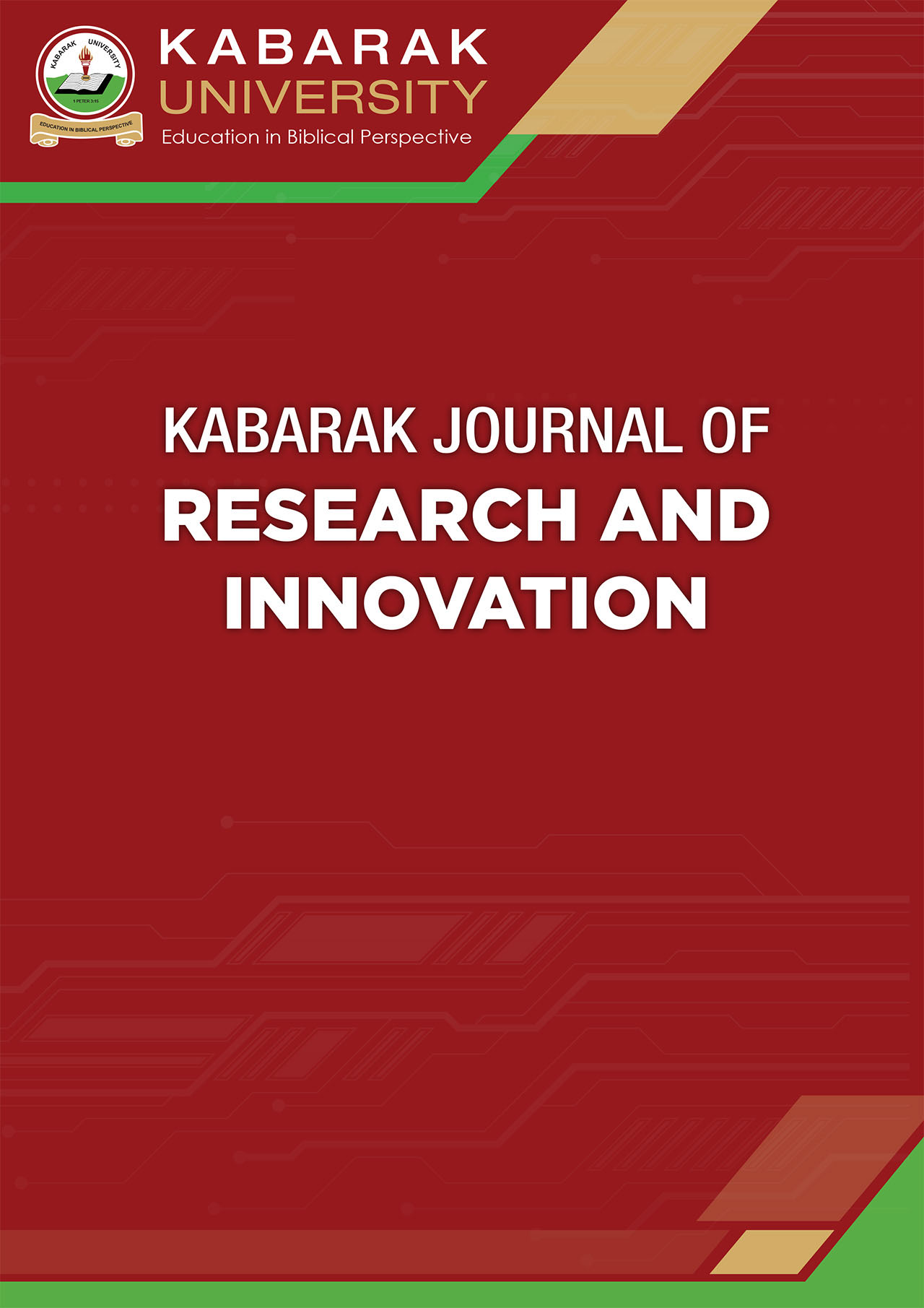Treatment Compliance Among Women with Pregnancy Induced Hypertension Attending Selected Health Facilities in Rachuonyo North Sub-County, Homabay County, Kenya
DOI:
https://doi.org/10.58216/kjri.v12i2.225Keywords:
compliance, pregnancy-induced hypertension, Rachuonyo North Sub-County, HomaBay CountyAbstract
Treatment compliance among expectant women with pregnancy-induced hypertension (PIH) is a global health challenge. Gestational hypertension remains a leading cause of Maternal and infant mortality and morbidity. However, very little has been done to mitigate the situation. The general objective of this study was to assess treatment compliance among women with gestational hypertension in Rachuonyo North Sub-County. The specific objectives were to establish the socio-demographic factors that affect compliance, to determine the level of knowledge, and to establish the health system factors affecting treatment compliance. A cross-sectional study was undertaken targeting pregnant women aged 15-49 years with gestational hypertension. Data were collected using structured questionnaires, Focused Group Discussion guides, and Key Informant Interviews. A total of 175 women responded. The women who were pregnant had been diagnosed with gestational hypertension and were on treatment for at least one month were included in the study. Two doctors, two clinical health officers, and two Nurses were included as key informants. Data were analyzed using Chi-Square, Fisher's Exact, and Mann-Whitney U-test. Treatment compliance was 18.3% whereas the level of knowledge was 68.1%. Age (p=0.007), education (p=0.038), explanation of gestational hypertension (p=0.001), medication counseling (p=0.024) and frequency of follow up (p<0.001) were significantly associated with treatment compliance. However, education level was the
only significant factor that could predict treatment compliance with respondents who had completed primary school being 4.968 times more likely to comply (O. R= 4.968, p=0.05) compared to those who had not completed primary. The study findings are useful for planning and designing appropriate interventions for improving treatment compliance among women with gestational hypertension.
Downloads
Downloads
Published
How to Cite
Issue
Section
License

This work is licensed under a Creative Commons Attribution 4.0 International License.
The Kabarak Journal of Research and Innovation (KJRI) provides immediate open access to all its published content. This is in line with our commitment to making research freely available to the public, supporting a greater global exchange of knowledge.
All articles are published under the Creative Commons Attribution 4.0 International License (CC BY 4.0). This license permits unrestricted use, distribution, and reproduction in any medium, provided the original author and source are properly credited.
Readers are free to read, download, copy, distribute, print, search, or link to the full texts of articles without asking prior permission from the publisher or the author.


